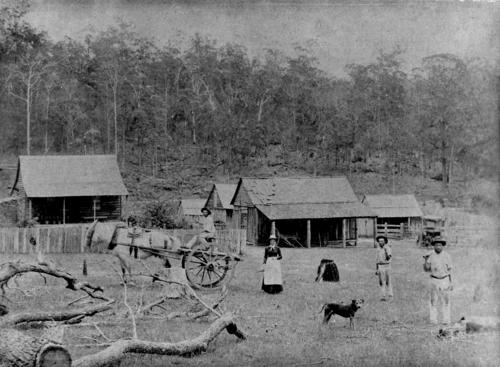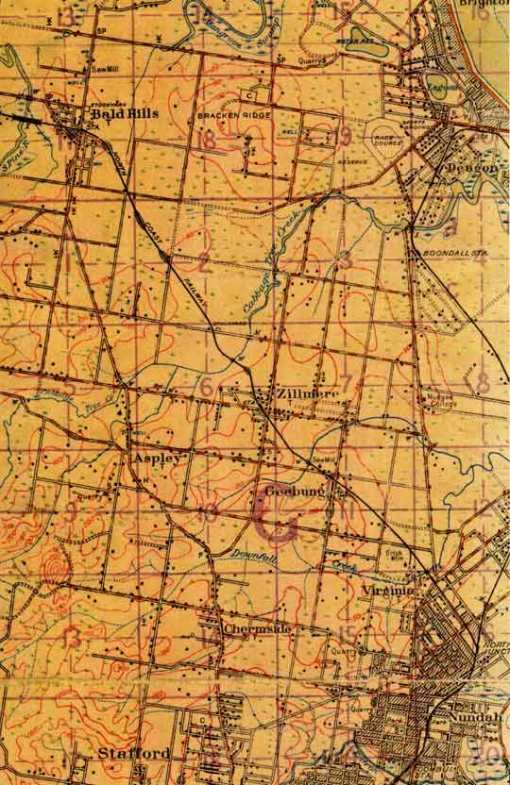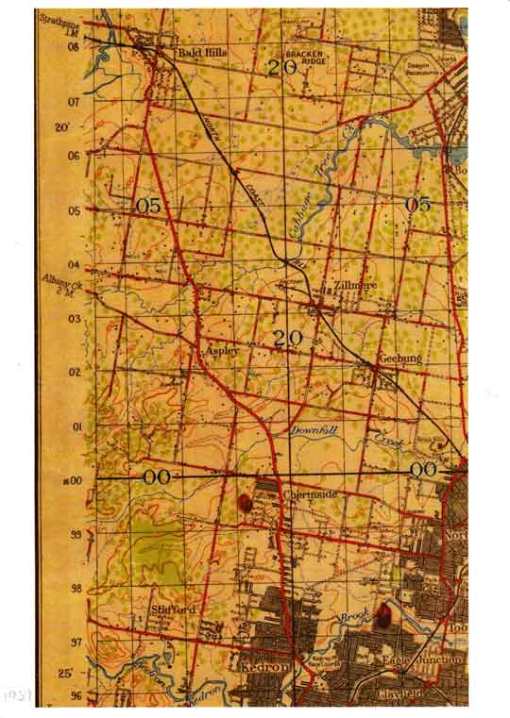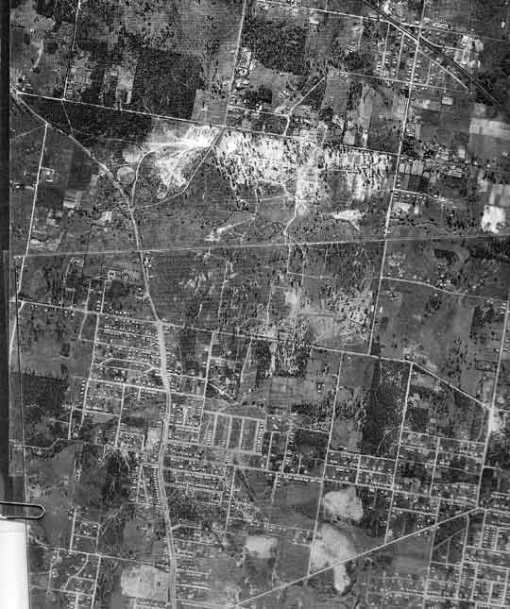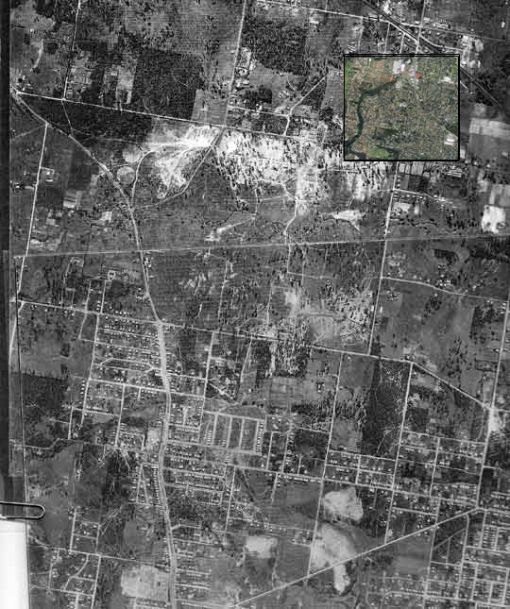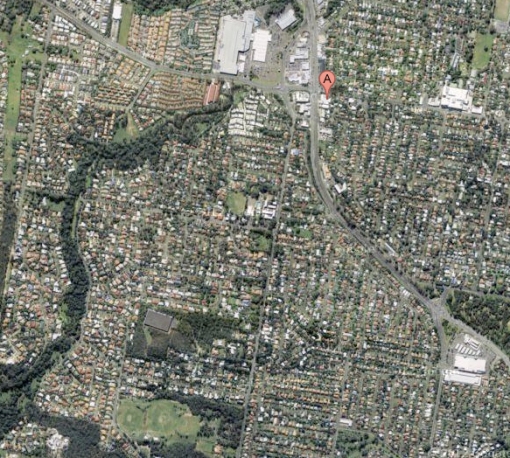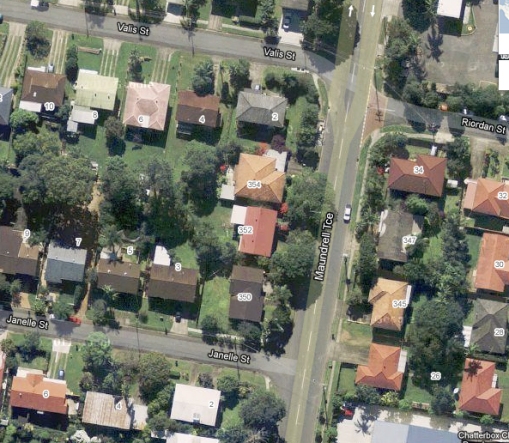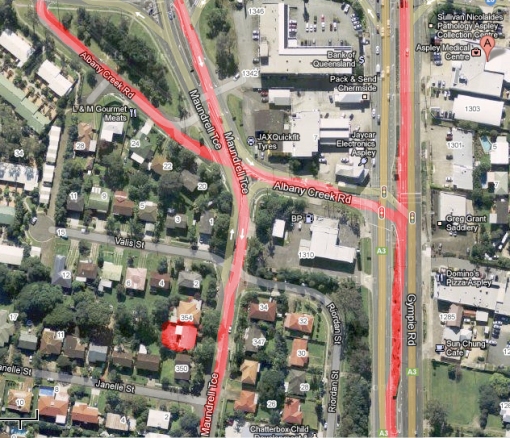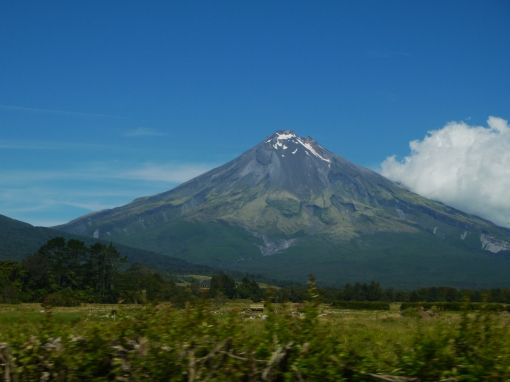On Tuesday we had an excellent workshop where the topic was focused on ‘crossing borders’ and what that meant in terms of negotiating different scenarios. The speakers came from a range of perspectives including a Māori leader, scientists, and people who have worked extensively with Indigenous peoples.
One of the things that has really been powerful for me is how Māori people identify people they meet. When you meet Māori the way you introduce yourself is through where you come from (where you were born) and your ancestors. This is very different to a European or ‘western’ way of knowing a person, say through their qualifications, work and academic achievements. For me, the connection to place as informing identity and ‘meeting’ each other, offers a rich possibility for linking and sharing experiences.
A lot of my work as an artist over the years that been an exploration of ‘where’ and ‘how’ I fit, in terms of a relationship to land and place, especially in the Fauxonomy project. But even when I was working on Big Banana Time Inc, there was a need to discuss issues around place and identity within an appropriate context, given my ‘bitza’ migrant heritage. In many ways I have struggled with this question of ‘where’ I am from, in terms of a sense of belonging. I often tell people that I was born in Brisbane, brought up in Darwin and since then have lived in Victoria, Sydney and now Canberra. In terms of where I felt ‘connected’, I always think of Darwin, the countless hours I spent walking on the rocks at Nightcliff beach, and I still have dreams of diving off the rocks into the tropical waters of the Timor Sea. It was the place where I witnessed the power and beauty of nature, through monsoons, sweltering humidity and lush vegetation. The stars were like an enormous sparkling blanket and I realised as a child that humanity is such a small part of the story of nature.

Lightning Over Nightcliff Beach, 14 Nov 2010 by Andrew Brooks
The problem (in my mind) with claiming a place as ‘where’ I am from is a direct result of my migrant background. By living in Darwin and going to school with kids from remote communities all of the Northern Territory, I learnt that in Aboriginal cultures there is a wholistic connection between land, spirit, language and identity, that manifests in ritual, art, song and performance – as all of these elements are connected. In ‘western’ culture all of these elements have been described and located into separate compartments, called ‘disciplines’. Anyway, that is a much bigger topic that I won’t get into here…
I have been considering ‘where’ I am from and have had some very rich conversations around this topic with other SCANZ residents. When I think about it, I wasn’t actually born in Brisbane, I was born in Redcliffe, about 30 kilometres north of Brisbane. It was the original site of the colony of Brisbane, which was later disbanded for the current site of the city. Mr Wikipedia says:
Before European settlement, the Redcliffe Peninsula was occupied by the indigenous Ningy Ningy people. The native name is Kau-in-Kau-in, which means Blood-Blood (red-like blood).
Redcliffe holds the distinction of being the first European settlement in Queensland, first visited by Matthew Flinders on 17 July 1799. Explorer John Oxley recommended “Red Cliff Point” – named after the red-coloured cliffs visible from Moreton Bay – to the Governor Thomas Brisbane for the new colony, reporting that ships could land at any tide and easily get close to the shore. The party settled in Redcliffe on 13 September 1824, under the command of Lieutenant Henry Miller with 14 soldiers, some with wives and children, and 29 convicts. However, this settlement was abandoned after one year and the colony was moved south to a site on the Brisbane River at North Quay, 28 km (17 mi) south, that offered a more reliable water supply. For more information on Redcliffe’s history see http://www.redcliffehistoricalsociety.com
Redcliffe became a pastoral district in the 1860s and in the 1880s boomed as a seaside resort town with the paddlesteamer Koopa making regular trips to its jetty from 1911.
When we moved back to Brisbane from Darwin, I had huge issues adjusting to the culture and environment of Brisbane, I was extremely unhappy and became very rebellious, causing my parents more than their share of grief. One of the ways my parents would cope would be to send me to my Godmother, who lived in Redcliffe. When I would visit her, we would go for long walks along the coast and swim, and in many ways, when I think back, it was very healing for me to be near the sea.
So considering all of this, perhaps I need to explore and identify more with Redcliffe as the place I am from, or at least try and find and build the connections. In Māori introductions, you invoke your mountain, your river and your ocean. My mountain is Clear Mountain, my river is the Pine River, which snakes through northern Brisbane, though Aspley where I lived as a child and my ocean is the Pacific, deep and blue.
References
- Australian Bureau of Statistics (25 October 2007). “Redcliffe (Redcliffe City) (State Suburb)”. 2006 Census QuickStats. Retrieved 2007-10-13.
- Petrie, Constance Campbell; Petrie, Tom, 1831–1910 (1992), Tom Petrie’s reminiscences of early Queensland (4th ed ed.), University of Queensland Press, p. 317,ISBN 978-0-7022-2383-9
- “Redcliffe”. Travel (The Sydney Morning Herald). 8 February 2004. Retrieved 2008-05-17.
- Potter, Ron. “Place Names of South East Queensland”. Piula Publications. Retrieved 2008-05-17.
Fauxonomy links
- Placemaps, Canberra Contemporary Art Space 2010
- Estuarine Flows, 24hr Art, Darwin 2009
- Wallmap, BME Festival, Canberra School of Art Gallery 2009
- Memorymap, Dorks Alive, Electrofringe, John Paynter Gallery Newcastle 2009
- Fauxonomy (2008 – current)
- Estuarine Flows (Fauxonomy) 2008
Postscript: I just noticed on Facebook that Redcliffe celebrates Waitangi Day – synchronisity!







